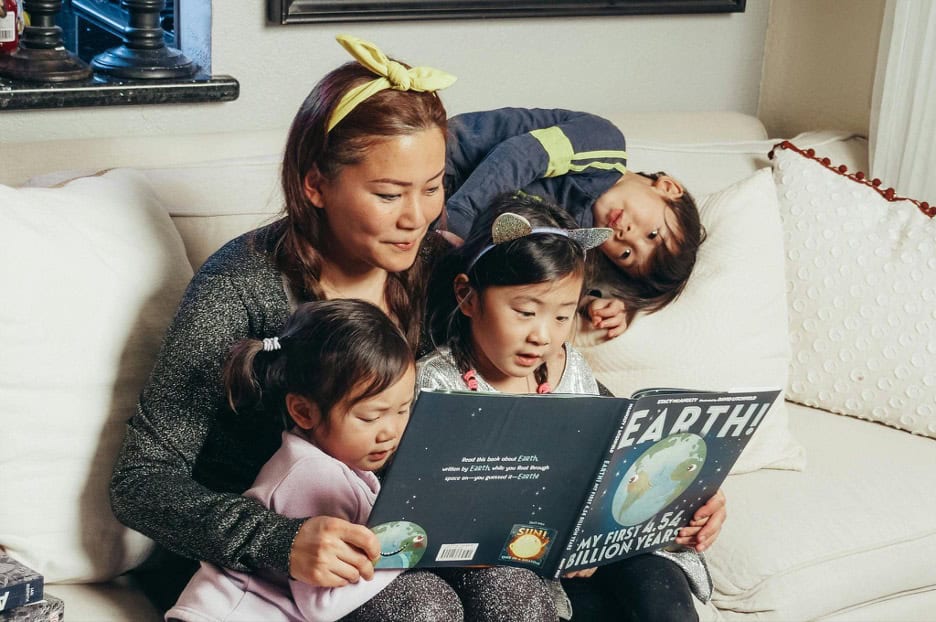
Curiosity doesn’t just help a child learn — it drives their entire relationship to the world. It fuels the questions they ask before bed, the experiments they try during play, and the pride they feel when they discover something on their own. But as children grow older, this natural hunger for knowledge can get crowded out by grades, screens, or even well-meaning adult schedules. If left unsupported, their spark dims. So what can parents do? The answer isn’t tutoring or strict routines — it’s building a home where wonder gets room to breathe.
Let Curiosity Take the Lead
A child’s ability to stay curious is directly tied to how much that curiosity is welcomed. You’ve probably seen it — a three-year-old asking “why” five times in a row, and a tired adult waving it off. But that repeated asking is how kids build mental models. According to child development researchers, curiosity needs intentional encouragement or it begins to erode early — often before formal schooling even starts. That doesn’t mean answering every question with a lecture. It means honoring the question. Listening. Responding with, “What do you think?” instead of “Because I said so.”
Create a Home That Invites Exploration
Kids learn by touching, trying, building, breaking, fixing — and doing it again. But many homes unintentionally signal that mess equals disobedience or that silence means success. Instead, think about how your home can be a space of controlled chaos, a lab of safe risk-taking. Positive parenting fuels healthy exploration by focusing on praise, modeling patience, and allowing more choices — not fewer. When children feel emotionally safe, their brain shifts out of self-protection and into engagement. The more your home says “try it,” the more they’ll believe they can.
Be the Spark and Model the Journey
Children watch everything. If you talk about learning as something you only do in school, they’ll treat it that way too. But when they see a parent reading, asking questions, or stretching toward something new, they absorb that mindset. One of the most powerful things a parent can do is pursue a goal with visible effort — especially a learning goal. For example, some parents return to school through advanced nursing degree programs, showing their kids what commitment and curiosity look like in adult life.
Ask Better Questions — And Wait
The way we talk to kids changes what they learn to value. Do you ask questions that have one right answer, or ones that invite a long pause? Studies show that when adults ask open-ended questions regularly — questions like “How do you know?” or “What else could work?” — children develop stronger critical thinking skills and greater persistence. It’s not about quizzing them. It’s about inviting their full brain into the conversation. Don’t rush to correct. Wait. Let their answers unfurl awkwardly, beautifully. That stretch is the point.
Give Scaffolds — Then Step Back
Children thrive when they’re guided, but not controlled. That means offering tools, structure, and emotional backing — and then letting go a little. You don’t have to plan every project or deliver lessons. Instead, show them how to use a resource. Offer a model. Then let them run with it. There are real, research-backed tips to nurture and develop children’s curiosity that don’t involve helicoptering. Let them choose how to finish a story. How to build the model. How to solve the problem, even if it’s slower or messier. Step in only when the frustration gets too big to navigate alone.
Let Interests Guide the Goals
We often think motivation comes from setting goals — but for kids, it’s the other way around. When a child is excited about something, they naturally start building goals around it. That’s where you come in. Notice their fixations. Offer tools that support that exploration. If your child is suddenly into animals, don’t just buy books — help them design a “zoo” or visit one and sketch what they see. Follow their interests to uncover hidden goals and they’ll start to feel the deep satisfaction of setting a challenge and reaching it — not for someone else, but for themselves.
Normalize Wonder, Mistakes, and Do-Overs
Curiosity doesn’t thrive in perfection. It thrives in rooms where it’s okay to fail, backtrack, and laugh about it. When your child asks a wild question, let them chase it — even if it leads nowhere. If they try something and mess up, help them explore mistakes with curiosity instead of shame. Model your own curiosity. Say, “I don’t know, let’s find out.” Or “That didn’t work how I expected. Want to try another way?” The goal isn’t efficiency — it’s learning to stay in the question.
Supporting curiosity doesn’t mean turning your home into a school. It means shifting the rhythm. Leaving space in the day for wonder. Accepting questions you can’t answer. Trusting that learning looks like wandering — and that wandering is not lost. Your role isn’t to have all the answers. It’s to protect the space where questions live. When you build that kind of environment, your child learns more than facts. They learn how to pursue knowledge with both hands open — and that pursuit will carry them further than any lesson plan ever could.
Discover the magic of balloon art with Jonah’s Twisters and transform your next event into an unforgettable experience with custom creations and workshops!


